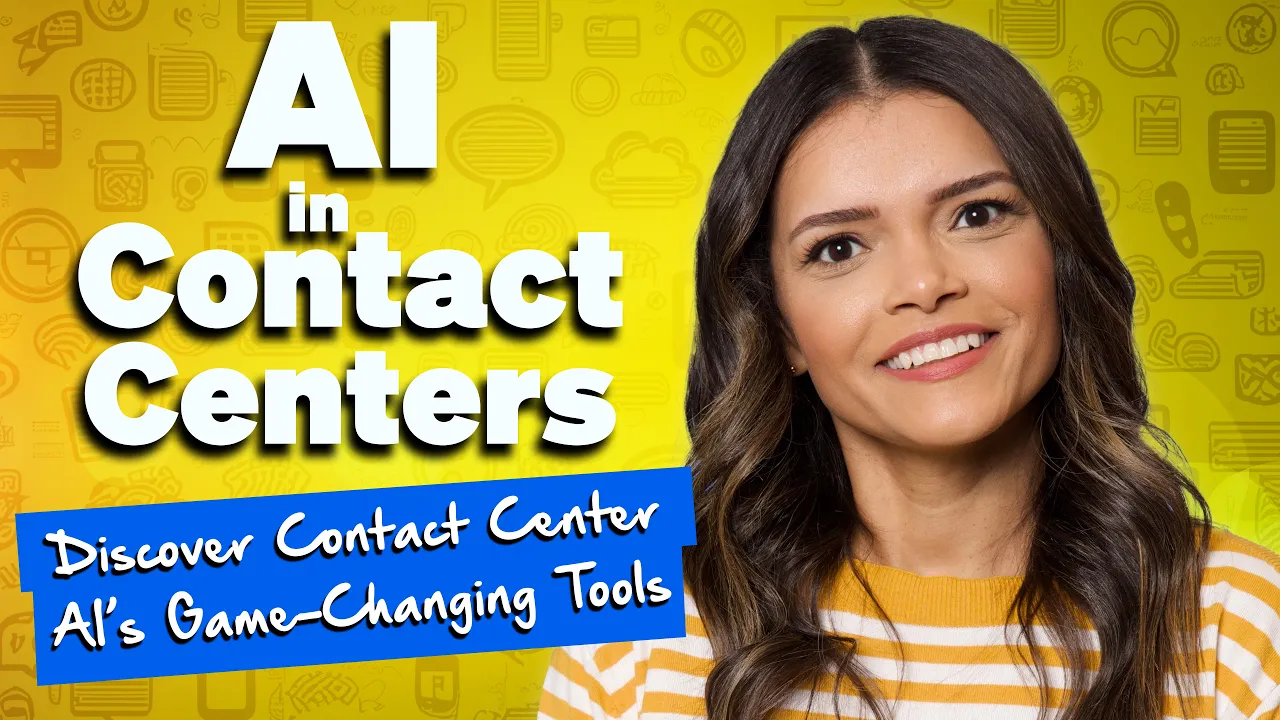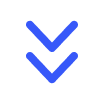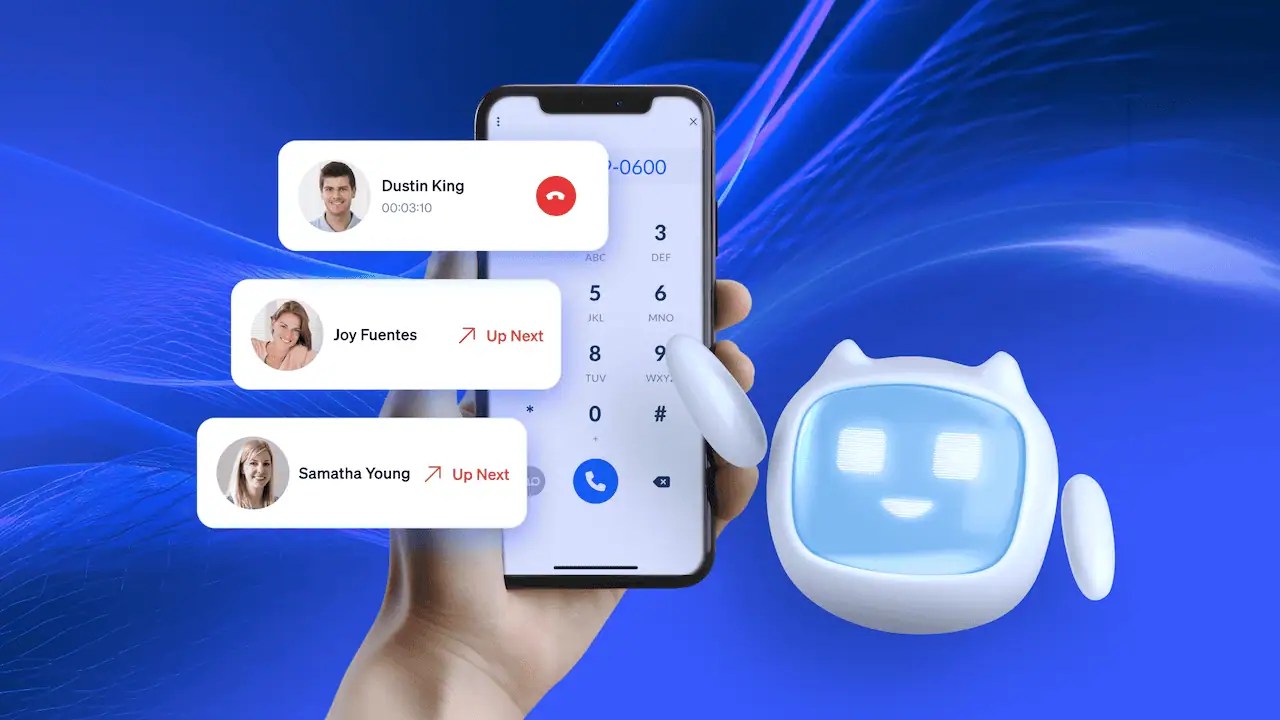A manual dialer slows everything down, especially when you’re running a fast-moving sales team.
Most reps spend their day hearing endless ringtones or leaving voicemails instead of having real conversations. Manual dialing kills your productivity and drives up idle time.
It’s time to upgrade your workflows and tech stack. A parallel dialer gets your reps off the phone dialing game and into more live conversations. It maximizes call efficiency and cuts down on wasted time.
What Is a Parallel Dialer?
A parallel dialer is an outbound calling system that places multiple calls at once for every available agent. Instead of dialing one number at a time, it might call five or ten prospects simultaneously.
When someone picks up, the other calls are dropped or routed elsewhere. Dialer software features built-in functionality that optimizes pick-up rates, ensuring representatives speak only to live prospects while minimizing downtime.
It’s a game-changer for outbound sales teams, particularly those handling high-volume efforts, such as lead qualification, sales outreach, or customer reactivation.

A parallel dialer increases your outreach and sales engagement. It’s an ideal tool for outbound sales teams, particularly in high call volume campaigns, such as lead qualification, telemarketing, or customer reactivation.
How a Parallel Dialer Works
Parallel dialers rely on cloud telephony software and automation to dial multiple prospects simultaneously, allowing agents to establish connections quickly. Here’s how they work:
- Dials concurrent outbound calls: For each rep, the parallel autodialer may dial three to ten numbers from a prospect list simultaneously. It significantly increases the number of call attempts per minute.
- Detects calls with AI: Using AI and algorithms, the dialer determines whether the call reaches voicemail or a live person. Tools like answering machine detection (AMD) filter voicemails in milliseconds.
- Connects instantly: If one number answers, the other calls drop or get rerouted. Reps hear a beep and begin the conversation immediately, maximizing real-time engagement.
- CRM screen pops: When a live call is connected, the CRM automatically shows the contact’s info, enabling reps to personalize on the spot.
- Voicemail drop and transcription: Reps can leave a pre-recorded voicemail instantly. Transcription tools automatically log the call in the CRM, eliminating the need for manual note-taking.
- Dials continuously: When a call ends or no one answers, the system queues up the next number. All call tasks and outcomes are synced automatically for tracking.
How parallel dialers boost sales productivity
With a parallel autodialer, your team spends more time talking and less time waiting. Manual and preview dialers may yield just 10–15 minutes of talk time per hour. Parallel dialers often push that up to 40–50 minutes, without adding headcount. That’s a massive jump in sales productivity and call efficiency.
These tools enable sales reps to be more effective at cold calling and working through a prospect list faster while maintaining context, particularly when combined with CRM integration and transcription. Teams also see better conversion rates because they reach more qualified leads in less time.
Benefits of Parallel Dialers
Here are some notable benefits of parallel dialers for outbound sales teams.
Maximize call volume
When parallel dialers call multiple reps simultaneously, a single rep can reach far more dials in an hour than with manual or single-line dialing. Since reps spend more time in live conversation, it maximizes talk time with prospects.

Research shows that a rep talks only 10–15 minutes per hour with manual dialing. Predictive or parallel dialing increases this to 40–50 minutes of talk time per hour.
Agents spend more time talking and less time waiting. Unlike traditional systems, this outbound call center technology improves connect rates and minimizes idle time.
The boost in sales engagement lets your outbound call center close more deals without adding headcount. What sales development representatives were able to achieve in three to four hours can now be completed in a fraction of that time.
AI-powered call optimization
AI-powered dialers optimize outreach by adjusting to call pick-up patterns and prospect behavior. This increases your connect window and improves conversion rates through more strategic call timing.
You can also track performance through real-time metrics, such as call duration and engagement rates, which help refine your outreach cadence for better results.

CRM integration for seamless workflows
Nextiva’s AI parallel dialer integrates with platforms like Salesforce, HubSpot, and Oracle Sales Cloud. When a call connects, the CRM screen pop shows all relevant context instantly — no need to toggle apps or dig through notes.

Transcription and syncing ensure all call activity is tracked automatically. This makes it easier for reps to stay on top of follow-ups and maintain accurate CRM records without slowing down.
SDRs benefit the most. There are no more distractions or missed context, just focused conversations that can lead to better conversion rates.
Driving agent productivity with the right call center tech
SDRs using ABM strategies can prep quickly and run high-impact sales outreach campaigns. Parallel dialing allows them to spend more time in conversations instead of on administrative tasks.
Cloud-based platforms scale easily and support multi-line dialing, voicemail drop, and syncing. A local presence helps improve answer rates by displaying a local phone number on the prospect’s caller ID.
The result is higher output, improved team performance, and reduced time spent switching between tools.
Scalability without infrastructure costs
Unlike on-premise systems that require a costly PBX, cloud-based parallel dialers (like Nextiva) scale up and down with your team. It’s easy to onboard new reps in minutes and bring them up to speed quickly.
Beyond the infrastructure, parallel dialing allows businesses to scale the number of campaigns they run simultaneously and increases outcomes. For example, a cloud software company with separate campaigns for fintech, healthcare, and retail prospects can have reps calling in all three verticals in parallel.
As a business grows, its call volumes increase, and a parallel dialer provides the necessary infrastructure to manage the load without requiring additional headcount. It scales outbound sales while controlling costs, providing a strong ROI.
Improved customer experience (when used properly)
High-volume dialing might be at odds with a positive prospect experience. There are risks, and we cover them in detail in this article. However, when the workflows are correctly set, parallel dialing can improve the experience of prospects you reach out to. The reps are almost immediately connected on the line when someone answers.
This doesn’t keep the prospects waiting for a long time with hold music or awkward silence. Reps have context to bring out in conversation through the CRM pop-up. The agent sounds less generic and more informed about the buyer’s needs. Overall, it improves the prospect’s experience.
Specific Use Cases of Parallel Dialers
A parallel dialer assists different teams in different ways, for example:
| Team | Use Cases |
|---|---|
| High-velocity outbound call center teams (sales) | Parallel dialers help an SDR team work a call list efficiently to find the needles in the haystack. The high volume of live conversations increases the number of meetings booked and demo leads. |
| Telemarketing campaigns for B2C and large companies | A parallel dialer is ideal for scenarios where sales volume is high and profit margins are low. Personalization is less critical in these calls. It’s more about hitting the numbers and delivering a consistent message to as many people as possible in a given timeframe. |
| Customer service callbacks or proactive outreaches | Some customer support or success teams proactively contact prospects to follow up on support tickets. Parallel dialers help effectively reach customers, especially in critical incidents, such as a service outage. Similarly, debt collection teams also make good use of their dialing solutions to give timely reminders to many people at scale. |
| Call centers handling support or renewals | Sales teams handling subscription renewals or account check-ins utilize parallel dialing to remind customers of their renewal dates or scheduled calls. |
| Political and non-profit campaigns | Political campaigns use parallel dialers to maximize touches on tight deadlines. |
Risks and Drawbacks of Parallel Dialers
There are some risks associated with high calling volume. Here are some common ones:
- Call abandonment: Agents must be ready, or calls may be dropped. Stay under the 3% abandonment rate required by the U.S. Federal Trade Commission (FTC).
- Less prep time: Reps must think fast and rely on screen pops instead of detailed pre-call notes.
- Burnout: Reps may move too quickly through lists, leading to data gaps or poor follow-up.
- Compliance: Misconfigured dialers can violate the Telephone Consumer Protection Act (TCPA), do-not-call (DNC), or General Data Protection Regulations (GDPRs). Use platforms with built-in compliance protections.
Risk of call abandonment
If a system connects a live call and the prospect waits too long for an agent to join, it may lead to a low connect rate if agents are unavailable. This harms your brand and number reputation, reducing your chances of connecting with the same prospect again on the same caller ID.

For example, if a single representative’s dialer calls three numbers and two people answer, only one person can talk to the representative; the other will likely experience an abandoned call. Abandoned calls are not only bad for the prospect experience (few things irritate people more than saying “hello? hello?” to no one on the line), but are also regulated by law in many countries.
In the U.S., the FTC requires that a business shouldn’t have a 3% abandoned call rate in 30 days. If a call is abandoned, you must promptly play a recorded message to apologize and offer the caller’s information. If someone answers, an agent should come on the line within two seconds of the greeting to avoid being considered an abandoned call.
Less personalization and preparation time
Reps have virtually no preparation time and need to think on their feet while engaging a prospect. In contrast to manual or power dialing, a rep may review a contact’s information thoroughly before calling.
With parallel dialing, agents get CRM pop-ups of the contact, which might create pressure to absorb the context quickly while still being on the call with the customer. If an agent’s multi-tasking skills aren’t good, they might fail to do a decent job in the live conversation.
As a fix for this, parallel dialing often targets a particular list of prospects with highly similar needs and expectations. This gives reps a moment to quickly pick up points that differ from the list to build relevant personalization in the conversation.
List and rep burnout
Since dialers run through the lists quickly, the database could be exhausted before sales reps can follow up effectively. It might also lead to burnout if the agents aren’t adequately trained on parallel dialers.
A parallel dialer can’t easily account for varying call outcomes. Not all calls follow the same road toward conversion or rejection. Some need agents to log notes or follow up consistently to lead a prospect toward conversion. The relentless pressure to rush admin work causes sloppy CRM data, making your decision-making questionable.
A strategic cadence and buffer should be set to address this and give agents sufficient space to follow up before they engage the next buyer. It’s easier to take a dialing system that seamlessly integrates with CRM software, creates notes with the help of transcription, and updates the CRM in real time. This ensures that the data you’re maintaining is accurate.
Compliance complexity
If you misconfigure the dialing system, you can easily violate the TCPA, GDPR, or DNC regulations. It’s better to select a provider that offers built-in compliance safeguards and violation detection, minimizing your risks.

Parallel dialers make it easy to call many people, meaning mistakes can multiply. Several violations might result in a hefty fine. Parallel dialers are powerful technology, and you must use them responsibly to stay within the law.
Choosing the Right Dialer for Your Business
Here’s an overview of the different dialers available, with details of use cases where a specific dialing technology would be best.
| Dialer Type | Attributes | Best For |
|---|---|---|
| Manual dialing | Slow, high personalization | High-touch, low-volume outreach |
| Preview dialers | Contact info preview, no abandonment | Strategic B2B sales or complex deals |
| Power dialers | Calls numbers one after another | Teams seeking more automation with a human touch |
| Predictive dialers | Predicts availability and dials ahead | Enterprise-level teams with short calls |
| Parallel dialers | Simultaneous calls per rep, fast pacing | High-output teams balancing scale and quality |
These sales dialers may best suit your use cases in different situations. If so, you need a communication platform that you can customize easily for different situations and get the most out of the technology.
Key features to look for in a predictive dialer
- Automatic call recording
- Voicemail drops from agents
- Suppression lists to prohibit calling DNC numbers
- Comprehensive call logs and recordkeeping
- Local presence number management to dial from any area code
- Transcription and syncing with CRM software
- Real-time metrics, like call duration, after-call work, and occupancy rate
- Support for advanced call routing and call automation
Nextiva: One Platform for Every Outbound Dialing Campaign
Parallel dialers increase your outbound productivity by up to three times. To cater to different use cases, Nextiva offers an AI-powered dialer to optimize every second on the sales floor. The customizable platform integrates seamlessly with your CRM and other business applications.
If your sales team is still stuck on a manual or power dialer, it’s time to update to the cloud call center by Nextiva.
Unlock agent productivity with the #1 cloud call center software.
The right cloud call center goes a long way. Give your agents reliable, virtual access and your customers unmatched service.
Parallel Dialer FAQs
While both dialer systems increase outbound call volume, they serve slightly different goals. A predictive dialer uses algorithms to estimate when an agent will be free and then dials ahead of time to minimize gaps between calls. However, this can sometimes result in dropped or abandoned calls if no agent is available to answer.
A parallel dialer dials several numbers simultaneously per rep and connects the agent only when someone answers. It gives reps more control over the pace and is often a better fit for high-velocity sales teams that require context and agility in conversations.
Typically, parallel dialers are used in outbound call centers focused on sales, telemarketing, or lead qualification. In inbound environments, where the goal is to route incoming calls effectively, call routing systems and automatic call distribution software are more appropriate.
However, a blended call center setup could benefit from parallel dialing for proactive outreach while handling customer service or support callbacks using inbound call center tools.
A parallel dialer can lead to high call abandonment rates, where multiple people answer, but only one person connects with an agent. To avoid this, choose call center software with built-in compliance rules that gracefully drop excess calls or route them to available representatives.
In the U.S., regulations such as the TCPA require an abandonment rate of less than 3%. To stay compliant, your call center technology should accurately log calls and provide prompt, pre-recorded messages when abandonment occurs.
Look for an autodialer system that integrates with your CRM, supports real-time reporting, offers AMD, and includes call routing features. It should also comply with TCPA and DNC regulations and be able to scale with your team’s needs.
Some solutions, such as Nextiva’s AI-powered dialer, take it a step further by utilizing machine learning to optimize sales calls based on call history and prospect behavior. This ensures your sales team gets the most out of every dialing session. Additionally, consider pricing plans that offer flexibility based on team size and usage.

















 Customer Experience
Customer Experience 







